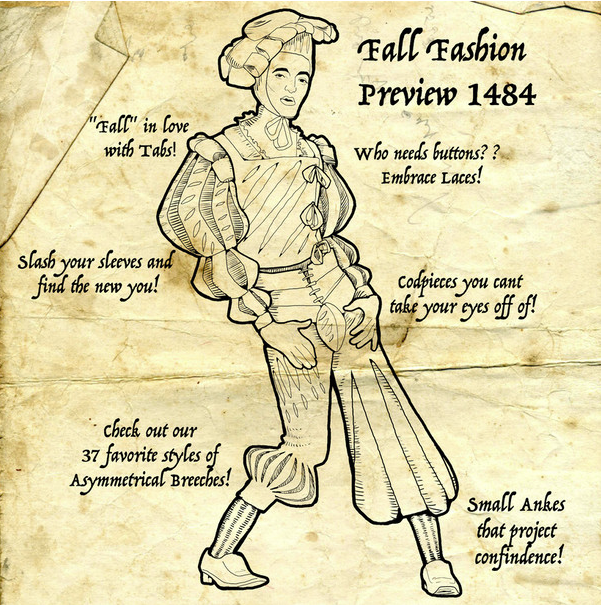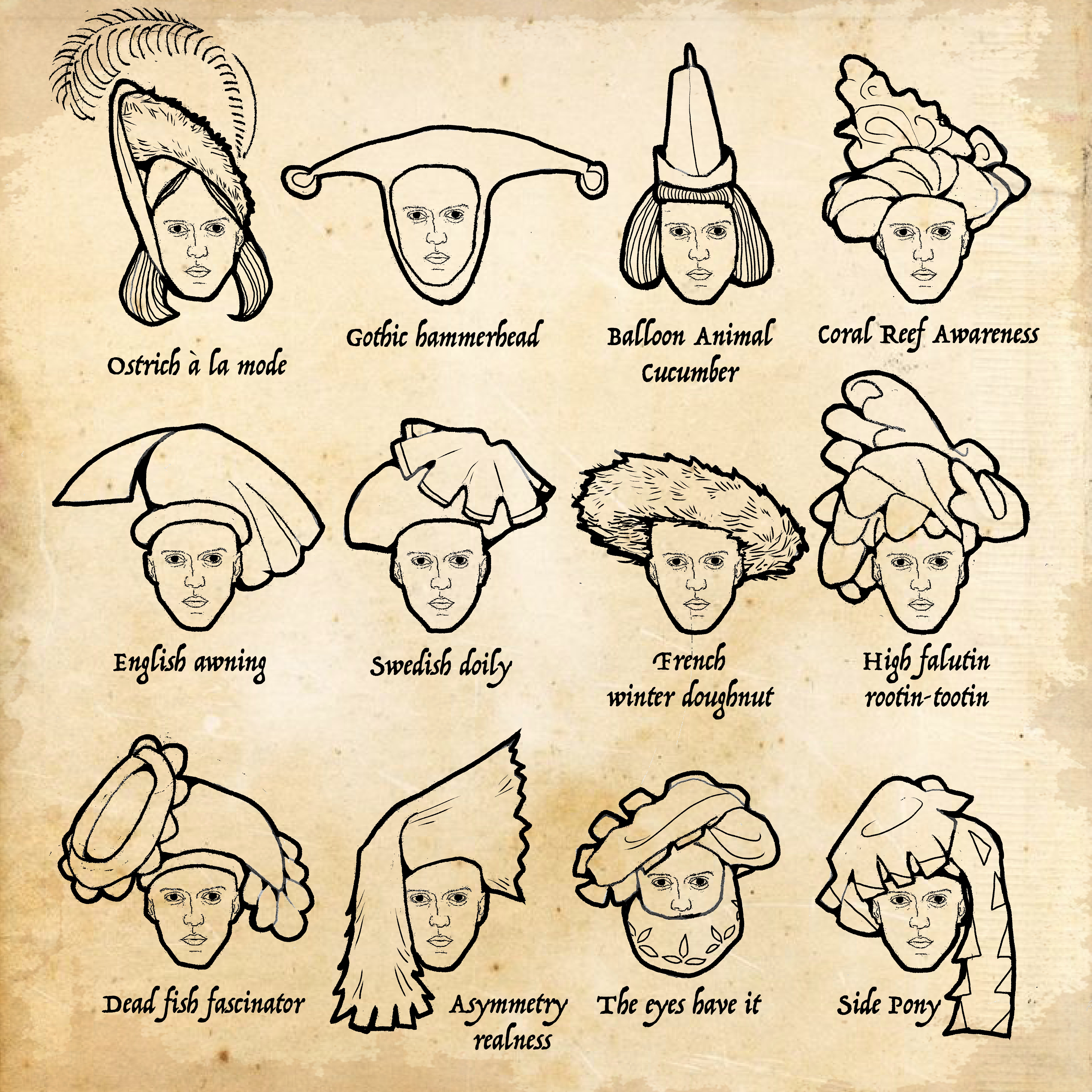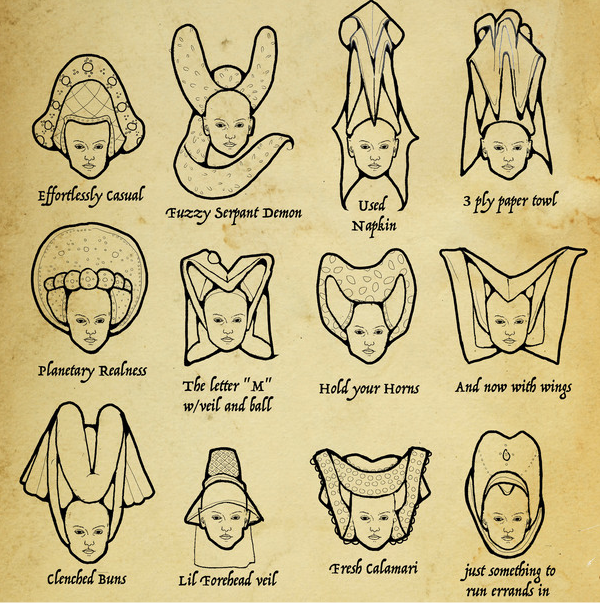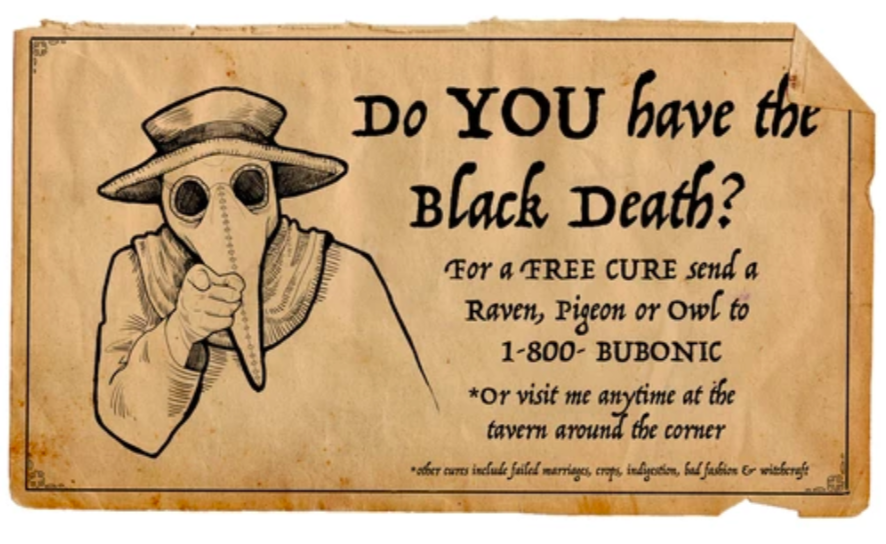When first we visit a city, even a small one, we can’t hope to see all of it. Hence the need for strategies of approach and exploration: do we walk its main streets? Eat its food and drink its drinks? Visit its most beloved bookstores? Sarah Urist Green gets into cities through their art, hardly a surprising habit for the creator of the PBS Digital Studios series The Art Assignment. We first featured The Art Assignment five years ago here on Open Culture, and Green and her collaborators have kept up the good work ever since. In that time their mission of “traveling around the country, visiting artists and asking them to give you an art assignment” has expanded, taking them outside America as well. On the road they’ve collected not just material for regular episodes, but for special Art Trips as well.
Their first Art Trip to Los Angeles, for instance, takes Green and company to the Hammer Museum, the galleries of Culver City (one of which has a show up of Andy Warhol’s shadow paintings), the Los Angeles County Museum of Art (where they walk under Michael Heizer’s Levitated Mass and through Chris Burden’s much-Instagrammed Urban Light), and the then-newly-opened Broad Art Museum. In between they take side trips for refreshment at the noted ice cream sandwich shop Coolhaus (named in honor of the Dutch architect) and deep into the Inland Empire city of Bakersfield. This combination of places expected and unexpected comes not without the occasional tourist cliche, such as Green’s description of “the most quintessential of Los Angeles experiences: driving.”
The Art Assigment’s return visit to the southern Californian metropolis focuses on “the Los Angeles hiding in plain sight” with Pacific Standard Time: LA/LA, a series of exhibitions all over the city on Latino and Latina artists at institutions like the Craft and Folk Art Museum, the Los Angeles Central Library, and the Geffen Contemporary. All the while Green and her team eat plenty of tacos, as any Angeleno would advise, and the final night of their stay finds them in Grand Park among the shrine-like handmade offerings set up for Día de los Muertos, all of them crafted with an eeriness matched only by their good humor.
Los Angeles has become an acknowledged art capital over the past half-century, but London, fair to say, has a bit more history behind it. The Art Assignment’s time in the English capital coincides with Frieze Week, when galleries from all over the world descend on Regent’s Park to show off their most striking artistic wares. Not coincidentally, the museums and galleries based in the city use the same part of the year to schedule some of their most anticipated shows, turning the few days of this Art Trip in London into a mad rush from Trafalgar Square to the National Portrait Gallery to the Royal Academy of Arts to the Courtauld Institute of Art, by which point Green admits the onset of “masterpiece overload ” — but also has several galleries, not to mention the main event of Frieze itself, to go.
Frieze Week doesn’t come to Detroit, the onetime capital of American auto manufacturing whose population peaked in the middle of the 20th century and whose subsequent hard times, culminating in the city’s 2013 bankruptcy, have been chronicled with both fascination and despair. But The Art Assignment finds a Detroit apart from the ruined factories, theaters, and train stations, the stuff of so many internet slideshows, at the Motown Museum and the Detroit Institute of Arts (home to Diego Rivera’s Detroit Industry Murals), as well as in folk-art environments like the famous Heidelberg Project and public-art environments like downtown Detroit, whose recent revival has proven as compelling as its long decline. But many ruins remain, and artists like Scott Hocking have found in them not just their subjects but their materials as well.
More striking than Detroit’s urban desolation is that of another unlikely The Art Assignment destination, Marfa, Texas. In his essay “The Republic of Marfa,” Sean Wilsey describes it as “a hardscrabble ranching community in the upper Chihuahuan desert, sixty miles north of the Mexican border, that inhabits some of the most beautiful and intransigent countryside imaginable.” In the mid-1970s “the minimalist artist Donald Judd moved to Marfa, exiling himself from what he termed the ‘glib and harsh’ New York art scene, in order to live in a sort of high plains laboratory devoted to building, sculpture, furniture design, museology, conservation, and a dash of ranching,” and his influence — as well as the presence of his large-scale installations — helped to make Marfa “a sort of city-state of cattlemen, artists, writers, fugitives, smugglers, free-thinkers, environmentalists, soldiers and secessionists.”
In Marfa Green explores the monumental work Judd left behind as well as the monumental work other artists have since contributed, including a project in a converted military barracks by neon artist Dan Flavin and a fake Prada store. Other Art Trip destinations include the likes of Chicago and Columbus, Indiana (modern-architecture mecca and setting of the recent feature film by video essayist Kogonada) as well as Tijuana and the Venice Biennale, all of which you can find on one playlist. Green has even done an Art Trip right where she lives, the “bland-leaning, chain restaurant-loving” Midwestern city of Indianapolis — which boasts the Museum of Psychphonics, an under-freeway art installation by Vito Acconci, and a fair few bike-share book-share stations as well. We can never fully know the cities we don’t live in, but nor can we ever fully know the cities we do live in either — which, if we nevertheless enjoy the attempt as much as Green does, is no bad thing at all.
Related Content:
Tour the World’s Street Art with Google Street Art
Electric Guitars Made from the Detritus of Detroit
Based in Seoul, Colin Marshall writes and broadcasts on cities, language, and culture. His projects include the book The Stateless City: a Walk through 21st-Century Los Angeles and the video series The City in Cinema. Follow him on Twitter at @colinmarshall or on Facebook.




















